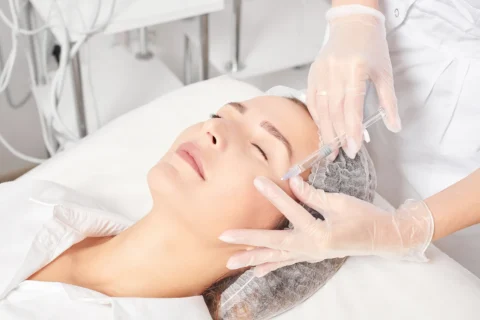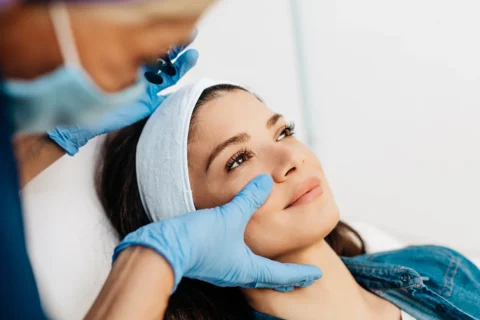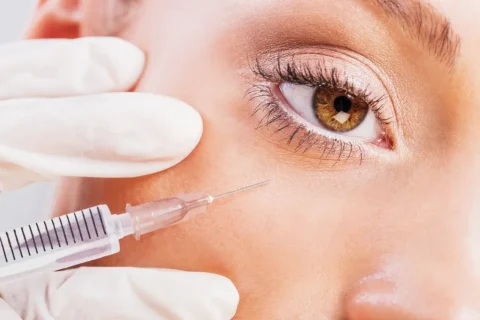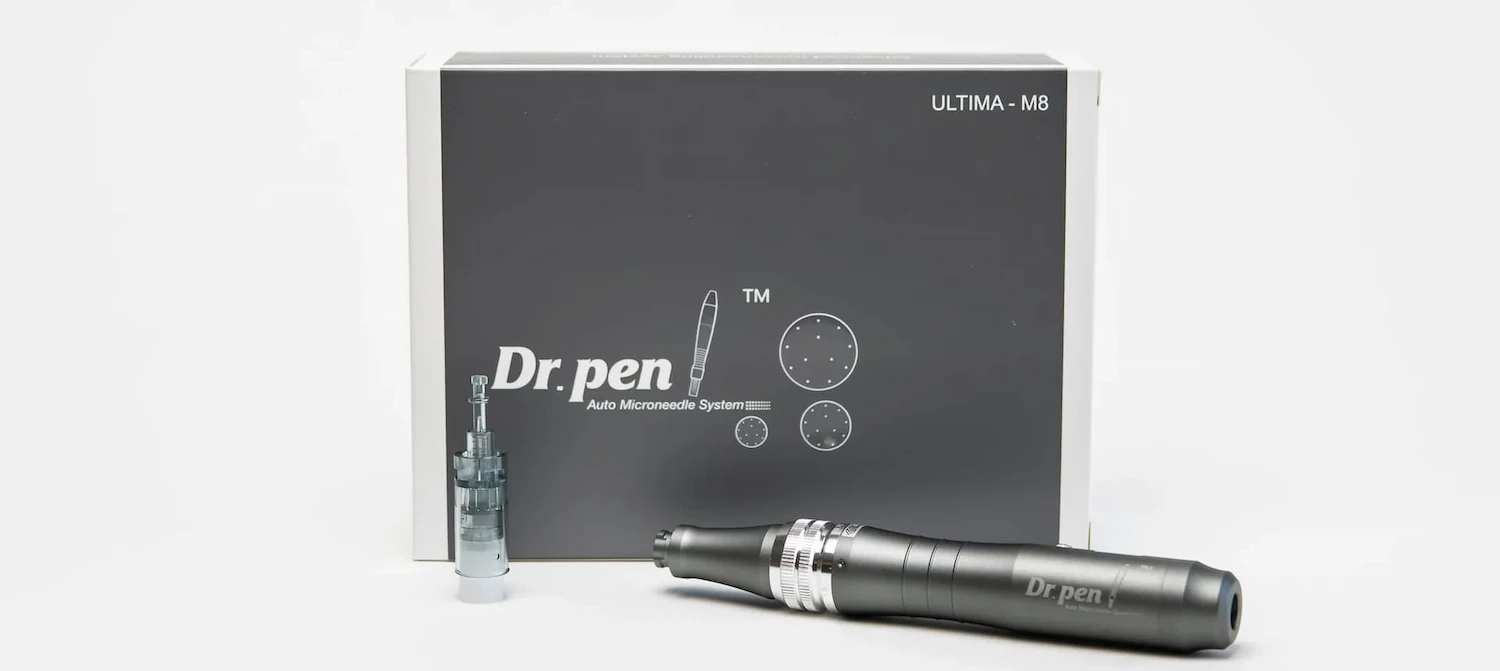The Complete Post-Injection Recovery Plan
Proper aftercare is key to get the best results from polynucleotide injections. Follow your doctor’s advice on looking after your skin for the first few days and weeks after treatment.
Polynucleotide injections have become an increasingly popular anti-aging treatment due to their ability to rejuvenate the skin at a cellular level. Polynucleotides are DNA fragments that can stimulate collagen production, improve skin elasticity, and reduce the appearance of fine lines and wrinkles.
While polynucleotide treatments like polydeoxyribonucleotide (PDRN) offer remarkable rejuvenating benefits, proper aftercare is crucial for achieving optimal, lasting results. The right aftercare regimen will help minimize side effects, speed up recovery time, and ensure your skin stays hydrated and healthy.
Follow these polynucleotide aftercare tips and you’ll be on your way to maximizing your treatment results and enjoying radiant, youthful skin.
Refresh your practice’s anti-aging offerings and enhance patient satisfaction with the skin rejuvenating power of polynucleotides – explore our selection treatments today
What are Polynucleotide Injections?
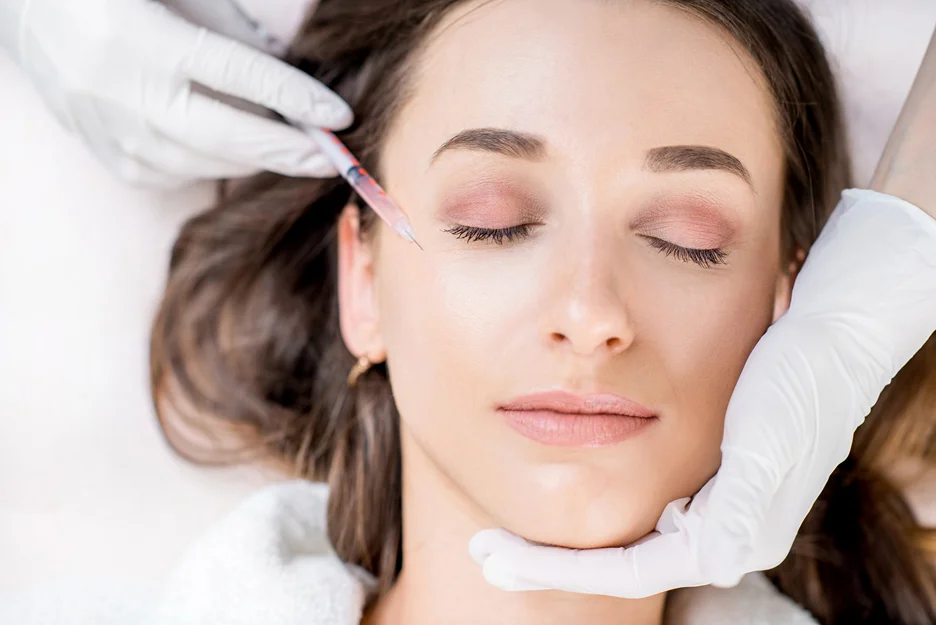
Polynucleotides are fragments of nucleic acids that can stimulate tissue repair and skin rejuvenation. Polynucleotide injections introduce these DNA fragments into the skin to improve various signs of aging and damage.
Polynucleotides (PN) used in aesthetic treatments are typically sourced from salmon sperm DNA. They often feature a high concentration, which can vary depending on the product, but are generally used without supplementary components.
Polydeoxyribonucleotide (PDRN) is a type of polynucleotide that contains a lower concentration of DNA fragments. It is primarily composed of DNA fragments and does not typically include additional ingredients like hyaluronic acid.
Both PDRN and PN injections work by providing building blocks that enhance cell metabolism and tissue regeneration. The polynucleotides stimulate collagen and elastin production, improving skin elasticity, hydration, and overall appearance.
When injected into the skin, these solutions are gradually absorbed and start working at a cellular level. Results are visible within a few weeks and peak after several treatments, typically spaced over time.
Benefits of Polynucleotide Injections
Polynucleotide injections offer a variety of anti-aging and restorative skin benefits, including:
- Smoothing Fine Lines and Wrinkles: By stimulating collagen production, polynucleotides enhance skin elasticity and firmness, reducing the appearance of fine lines and wrinkles from within.
- Improving Skin Texture: The regeneration effects create smoother, softer skin with a more even tone and glow.
- Hydrating and Firming Skin: Skin becomes more supple, firmer, and more elastic as moisture levels increase due to enhanced collagen and elastin production.
- Helping Treat Sun Damage: Polynucleotides can improve skin texture and hydration, which may help mitigate some effects of UV damage, though specific benefits for pigmentation may vary.
- Reducing Acne Scars: While polynucleotides promote skin renewal, their effectiveness in reducing acne scars can depend on the severity of the scars and individual skin conditions.
- Healing Skin Injuries: Polynucleotides aid in wound healing and skin rejuvenation by promoting tissue repair and cellular regeneration.
- Restoring Radiance: Skin looks more luminous and refreshed due to enhanced collagen formation and improved skin health.
Polynucleotides Aftercare: Caring for Your Skin Post-Treatment
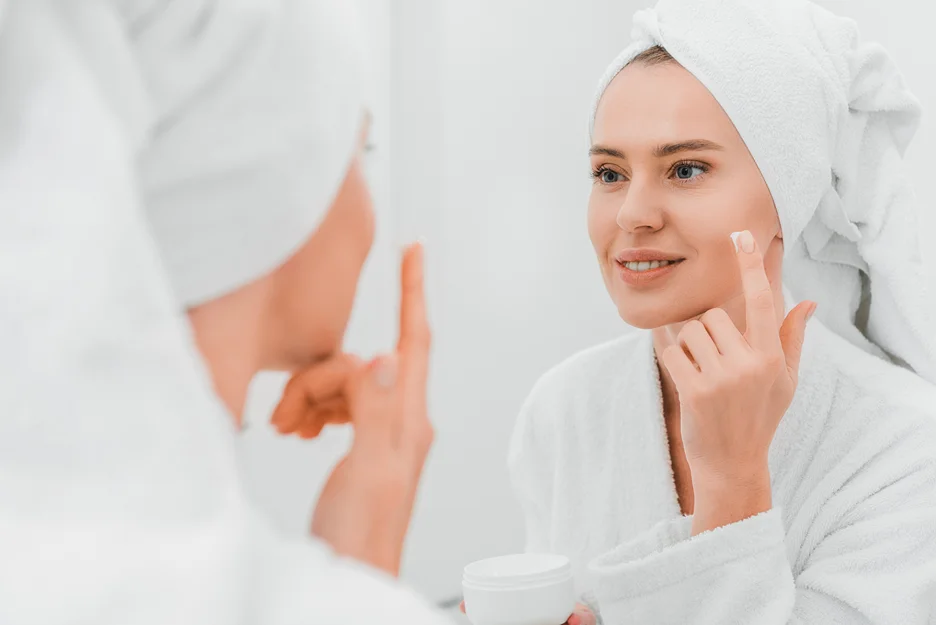
Immediate Aftercare (The First 24-48 Hours)
The initial 24-48 hours after your polynucleotide treatment require some extra TLC as your skin recovers. Here’s how to care for your skin during this time:
What to Expect
Some mild reactions are common after polynucleotide injections. You may notice slight swelling, redness, or bruising around the injection sites. Small bumps or tenderness can also occur. Don’t be alarmed – these side effects are usually temporary as your skin adjusts.
Makeup Application
Avoid applying makeup for at least 6-24 hours after your treatment. Let your skin breathe and recover without any cosmetic products first. Once the swelling and redness have eased, mineral makeup is a good option if desired.
Touching the Treated Area
Try to avoid touching or rubbing the treated areas over the first day or two. This will minimize the risk of infection as your skin heals. Properly cleanse, hydrate, and moisturize the skin instead.
Physical Activity
Vigorous exercise can exacerbate swelling and inflammation. Avoid strenuous workouts for 24-48 hours post-treatment. Light activities like walking are fine. Give your skin time to stabilize first.
Alcohol Use
It’s best to avoid alcohol intake for at least 24 hours after polynucleotide injections. Alcohol can thin the blood and increase chances of bruising. Have a glass of water instead.
Skincare Routine
Keep your skincare routine simple. Use a gentle cleanser twice a day along with a basic moisturizer to hydrate the skin. Avoid active serums or harsh exfoliants during this time. Focus on gentle ingredients that soothe.
Empower patients with simple tips to care for their skin post-treatment – get our customizable aftercare checklist when purchasing polynucleotides
Short-Term Aftercare (Initial 5-7 Days)
The first week after your polynucleotide treatment is when the real aftercare begins. Here are some guidelines for caring for your skin during the initial 5-7 days:
- Continue using a mild cleanser and hydrating moisturizer. Look for calming ingredients like aloe, hyaluronic acid, ceramides, green tea, and chamomile. Avoid scrubbing or rubbing the skin to prevent irritation.
- Hold off on harsh active ingredients like retinoids, AHAs, and BHAs for the first week. These can irritate the treated skin. Your practitioner may advise when it’s safe to resume using these products based on your skin’s recovery.
- Religiously apply broad-spectrum SPF 30 sunscreen before going outdoors. The treated skin is highly sensitive to UV damage. Reapply sunscreen every 2 hours if sweating or swimming.
- Avoid excessive heat exposure like saunas, hot tubs, or steam rooms for at least 5-7 days post-treatment. The heat can worsen inflammation and swelling. Cool showers are fine.
- If your regular products cause discomfort, stick to gentle ones a little longer. You can typically resume retinoids, acids, serums, etc., around 5-7 days post-procedure if your skin has stabilized. Still, avoid harsh scrubs or brushes for 2 weeks.
- Stay hydrated to aid the healing process and ensure your body gets enough rest to support recovery.
Long-Term Aftercare Expectations
While the first week covers the critical recovery phase, the weeks and months after polynucleotides require some care too.
Gradual Results
Remember, polynucleotides work at the cellular level, so results are gradual. You may notice improvements in tone, texture, and smoothness within 2-4 weeks. Full effects are seen around 12 weeks post-treatment as collagen production ramps up. Be patient!
Treatment Series
Most practices recommend a series of 3-4 polynucleotide treatments spaced a few weeks apart for best results. Your provider will advise on the ideal treatment plan for your concerns. Don’t expect dramatic changes from just one session.
Longevity of Results
With proper skincare, results from a series of polynucleotide treatments can last approximately 4 to 9 months. Individual longevity depends on factors like age, skin type, lifestyle, and sun damage.
Over time, multiple polynucleotide treatments can continually improve skin hydration, smoothness, elasticity, and radiance. Lines and wrinkles become less noticeable. Your complexion stays refreshed and youthful.
Addressing Potential Issues and Concerns
While polynucleotides are very safe, some minor side effects can occur. Here’s guidance on addressing common concerns:
- Mild to moderate swelling
- Redness
- Bruising
- Tenderness
These side effects usually resolve quickly. More serious allergic reactions are possible but extremely rare.
Contact your provider promptly if you have signs of infection like excessive warmth, swelling, redness, or pus. Also seek advice for bruising that worsens or persists beyond 7 days. Severe swelling and allergic reactions warrant immediate attention as well.
Conclusion

Polynucleotide treatments like PDRN offer remarkable anti-aging and skin rejuvenation results. However, proper aftercare is crucial for achieving optimal outcomes from these injections while minimizing side effects.
Follow the aftercare guidance in this article for the initial 24-48 hours, first week, and long-term months following your treatment. Be diligent about sun protection, gentle skincare, avoiding irritants, and seeking professional advice promptly for any concerns.
With a comprehensive aftercare regimen, your skin will look plump, smooth, hydrated, and radiant. Polynucleotides can rejuvenate your appearance from the inside out with beautiful, lasting results. Follow your practitioner’s advice and this guide for optimal aftercare. Your glowing skin will thank you!


